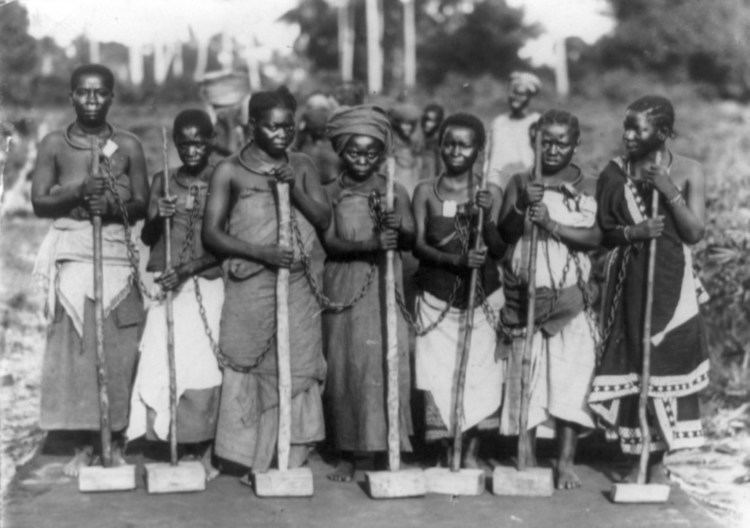 | ||
The chain gang of 1974 sleepwalking
A chain gang is a group of prisoners chained together to perform menial or physically challenging work as a form of punishment. Such punishment might include repairing buildings, building roads, or clearing land. This system existed primarily in the Southern United States, and by 1955 had been phased out nationwide, with Georgia the last state to abandon the practice. Chain gangs were reintroduced by a few states during the "get tough on crime" 1990s, with Alabama being the first state to revive them in 1995. The experiment ended after about one year in all states except Arizona, where in Maricopa County inmates can still volunteer for a chain gang to earn credit toward a high school diploma or avoid disciplinary lockdowns for rule infractions. The introduction of chain gangs into the United States began shortly after the American Civil War. The southern states needed finances and public works to be performed. Prisoners were a free way for these works to be achieved.
Contents
- The chain gang of 1974 sleepwalking
- Sam cooke chain gang high quality
- Synonyms and disambiguation
- History
- Reintroduction
- In popular media
- References
Sam cooke chain gang high quality
Synonyms and disambiguation
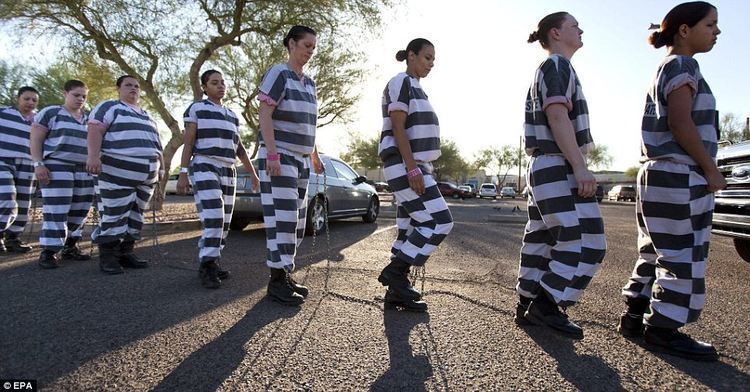
A single ankle shackle with a short length of chain attached to a heavy ball is known as a ball and chain. It limited prisoner movement and impeded escape.
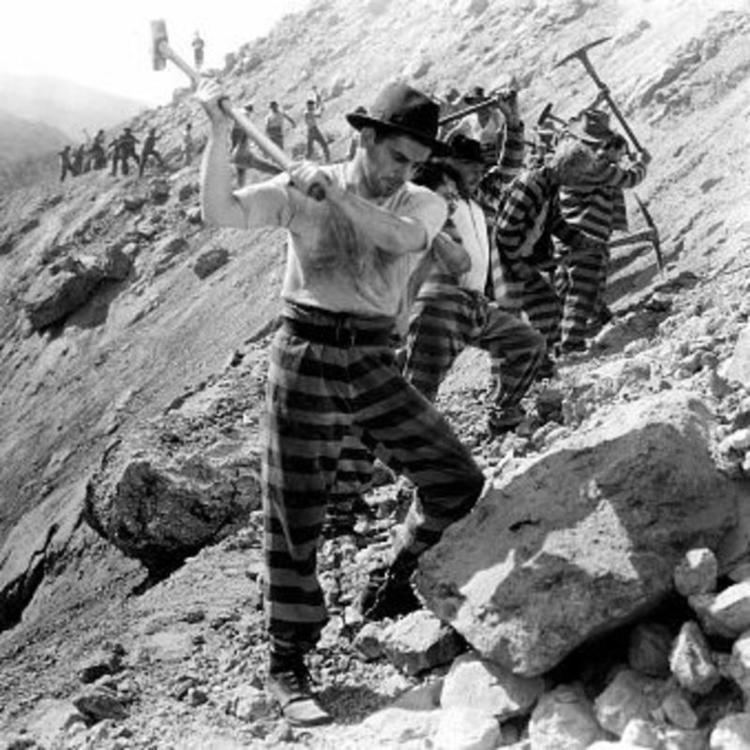
Two ankle shackles attached to each other by a short length of chain are known as a hobble or as leg irons. These could be chained to a much longer chain with several other prisoners, creating a work crew known as a chain gang. The walk required to avoid tripping while in leg irons is known as the convict shuffle.
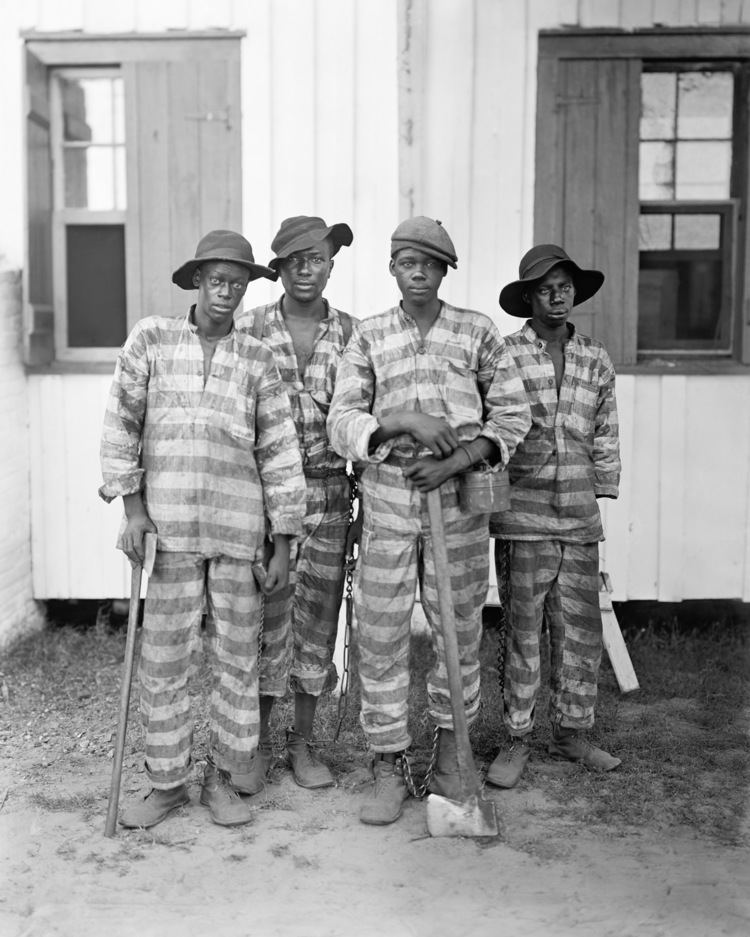
A group of prisoners working outside prison walls under close supervision, but without chains, is a work gang. Their distinctive attire (stripe wear or orange vests or jumpsuits) and shaven heads served the purpose of displaying their punishment to the public, as well as making them identifiable if they attempt to escape. However, the public was often brutal, swearing at convicts and even throwing things at them.
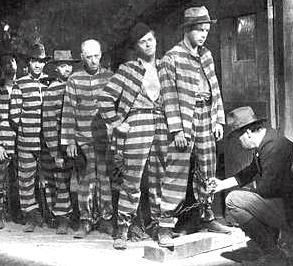
The use of chains could be hazardous. Some of the chains used in the Georgia system in the first half of the twentieth century weighed twenty pounds. Some prisoners suffered from shackle sores — ulcers where the iron ground against their skin. Gangrene and other infections were serious risks. Falls could imperil several individuals at once.
Modern prisoners are sometimes put into handcuffs or wrist manacles (similar to handcuffs, but with a longer length of chain) and leg irons, with both sets of manacles (wrist and ankle) being chained to a belly chain. This form of restraint is most often used on prisoners expected to be violent, or prisoners appearing in a setting where they may be near the public (a courthouse) or have an opportunity to flee (being transferred from a prison to a court). Although prisoners in these restraints are sometimes chained to one another during transport or other movement, this is not a chain gang — although reporters may refer to it as such — because the restraints make any kind of manual work impossible.
History
Various claims as to the purpose of chain gangs have been offered. These include:
The use of chain gangs for prison labor was the preferred method of punishment in some southern states like Florida, Georgia, Louisiana, Virginia, North Carolina, Arkansas, Texas, Mississippi, and Alabama.
The use of chain gangs in the United States generally ended in 1955. Chain gangs experienced a resurgence when Alabama began to use them again in 1995.
Reintroduction
Several jurisdictions in the United States have re-introduced prison labor. In recent years, Maricopa County, Arizona, which includes Phoenix, Arizona, and its Sheriff Joe Arpaio, have drawn attention from human rights groups for the use of chain gangs for both men and women. Arizona's modern chain gangs, rather than chipping rocks, digging ditches or other non-productive tasks, often do work of economic benefit to a correctional department, such as removing trash. Opponents claim that the gangs often work outside in oppressive desert heat.
A year after reintroducing the chain gang in 1995, Alabama was forced to again abandon the practice pending a lawsuit from, among other organizations, the Southern Poverty Law Center. "They realized that chaining them together was inefficient; that it was unsafe", said attorney Richard Cohen of the organization. However, as late as 2000, Alabama Prison Commissioner Ron Jones has again proposed reintroducing the chain gang. The 1995 reintroduction has been called "commercial slavery" by some in academic circles.
Tim Hudak, former leader of the Progressive Conservative Party of Ontario in Canada, campaigned on introducing Penal labour in the province, referred to by many as chain gangs. He lost seats to the provincial Liberals which formed another majority government in the subsequent general election.
